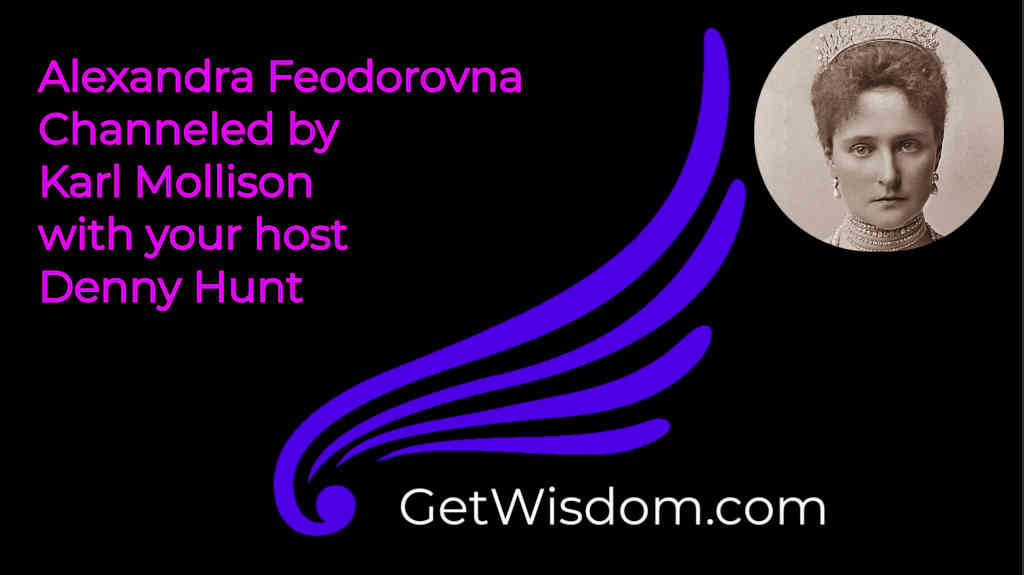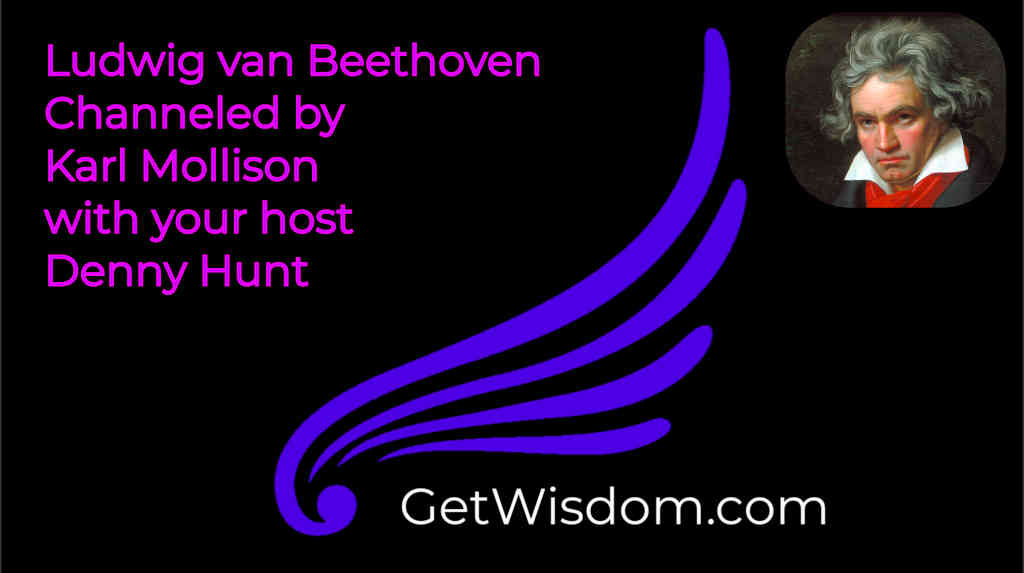
George H. W. Bush Channeled by Karl Mollison 02July2019
From https://en.wikipedia.org/wiki/George_H._W._Bush and https://spartacus-educational.com/JFKbushG.htm
George Herbert Walker Bush June 12, 1924 – November 30, 2018 was the son of Prescott Bush, a senator from Connecticut, was born in Milton, Massachusetts, on 12th June 1924.
On his 18th birthday he enlisted in the armed forces, becoming the country’s youngest commissioned pilot. During the Second World War he served on 58 missions from 1942 to 1945 and was awarded the Distinguished Flying Cross.
There is strong evidence that Bush was working for the CIA prior to 1976. Bush also provided information to the Federal Bureau of Investigation on a proposed assassination attempt by James Parrott of John F. Kennedy. On 29th November, 1963, Bush informed J. Edgar Hoover about a conspiracy involving a group of pro-Castro Cubans in Miami.
He was appointed to a series of high-level positions: Ambassador to the United Nations (1971-73), Chairman of the Republican National Committee (1973-74), Chief of the U. S. Liaison Office in the People’s Republic of China (1974-76), and Director of the Central Intelligence Agency (1976-77).
On 17th March, 1983, Bush had a secret meeting with Donald P. Gregg and Felix Rodriguez in the White House. As a result the National Security Council established a secret scheme to provide aid to the Contras in Nicaragua. Rodriguez agreed to run the Contra supply depot in El Salvador. In an article in the Washington Post (11th October, 1986), the newspaper reported that George Bush and Donald P. Gregg were linked to Felix Rodriguez. It gradually emerged that Richard L. Armitage, William Casey, Thomas G. Clines, Oliver North, Edwin Wilson and Richard Secord were also involved in this conspiracy to provide arms to the Contras.
In 1988 Bush was elected as the 41st President of the United States after defeating the representative of the Democratic Party, the Governor of Massachusetts, Michael Dukakis. A beneficiary of the reforms made by Mikhail Gorbachev that led to the end of the Cold War, Bush could concentrate on other regions of the world. This included the sending of American troops into Panama to overthrow the government of General Manuel Noriega.
On 2nd August 1990 Saddam Hussein ordered an invasion of Kuwait. The United Nations immediately impose economic sanctions on Iraq and demanded an immediate withdrawal from Kuwait. In January 1991 a United States led coalition of 32 countries launch an attack on Iraq. Operation Desert Storm is a great success and after Iraq left Kuwait Bush
was able to declare a cease-fire on 28th February.
At their fourth summit conference, Bush reached agreement with Mikhail Gorbachev on nuclear weapons and in July, 1991, they signed the Strategic Arms Reduction Treaty (START).
Despite these foreign successes Bush was unable to deal with the country’s faltering economy. His campaign pledge, “no new taxes” made it impossible to balance the budget and in 1992 was defeated by his Democratic Party challenger, Bill Clinton.
George H. W. Bush died on November 30, 2018, aged 94 years, 171 days, at his home in Houston.[48] At the time of his death he was the longest-lived U.S. president.









